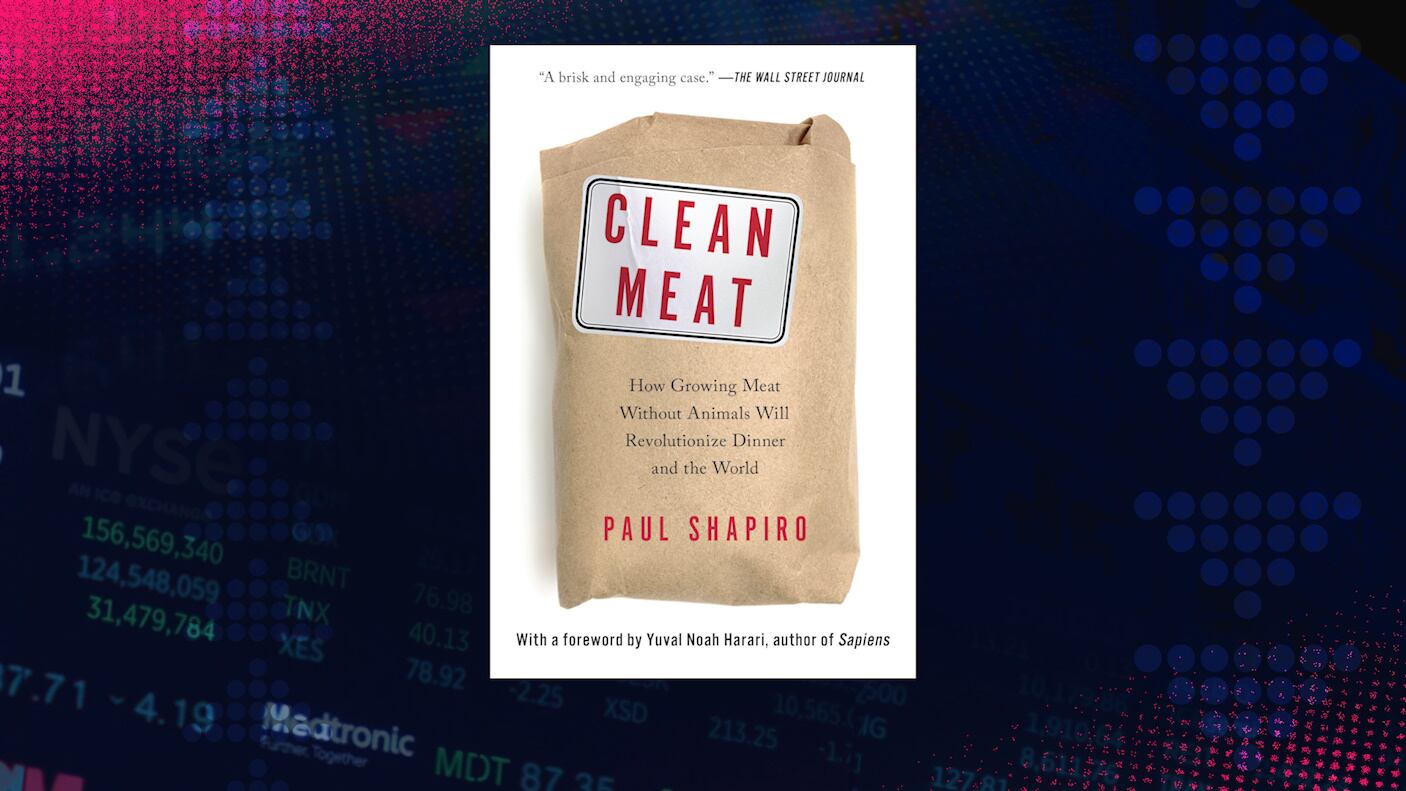Micro investing startup Stash has launched a rewards program that gives customers part ownership in any company they buy products or services from using a Stash debit card.
The three-year-old company is the first to launch this type of product, called Stock-Back(and has filed an application to patent the technology). CEO and Co-Founder Brandon Krieg said it furthers the company mission to help more people start investing.
“Whenever you spend money through the product you will become a shareholder either through the direct match to the company as we have it — or if the company is not public or is something we don’t match on, we’ll buy you a Stash-diversified ETF,” Krieg told Cheddar in an interview Tuesday. “For example, I went to Chipotle for lunch today, and when I paid I got stock back in Chipotle. When you pay your phone bill at T-Mobile, you get T-Mobile stock back."
Unlike credit card points, “the stock you get pays you dividends and it doesn’t expire ... Stock-Back is a natural bridge between investing and banking.”
The Stock-Back program will initially give customers a base reward of 0.125 percent for every qualifying purchase in the respective publicly-traded stock, but eventually with offers and partner deals customers could earn up to 5 percent back in stock.
To participate, customers need to open a Stash debit account, which is powered by Green Dot. The account comes with zero overdraft or monthly maintenance fees, access to free ATMs across the U.S., and “ASAP Direct Deposit,” which lets customers get paid up to two days early.
Wednesday's Stock-Back launch comes about two weeks after the company closed a Series E fund raise of $65 million.
Stash is the latest example of a young fintech company that initially launched with a single financial product expanding to launch a more complete suite of financial products ー and ultimately rebundle them into a subscription or membership. In addition to the debit account and core Stash investing account, the company offers retirement savings and custodial accounts for customers’ children. The app experience also includes financial education through content and learning “challenges,” in which customers can earn points and status by reading Stash content.
Stash charges customers $1 a month for the core investment account and $2 a month if they also open a retirement account; once balances cross $5,000, the fee becomes 25 basis points. The debit account is fee-free but the company hopes to make money from interchange fees.
"Financial services can’t be free ー there’s an incredibly high cost of regulation, compliance, legal and operations. I’d rather be fully transparent with our clients and have them know what we’re making, “ he said.
He said part of the funding for the Stock-Back program comes out of the company's revenue but did not specify how much.
"That’s what financial services should look like,” he said. "The global revenue of financial services is something like $1 trillion with negative NPS scores,” or Net Promoter Scores, which companies use to gauge their customer satisfaction and loyalty.
Stash’s product suite competes directly with those of Acorns and MoneyLion. It’s also similar to Robinhood in that customers don’t need much money to start investing in single stocks, although Robinhood requires customers to be able to afford the stock they’re buying, which can be in the hundreds of dollars for popular big tech stocks like Netflix, Apple, or Facebook. Stash lets users invest fractionally in the same stocks.
"If you’re going to rebundle financial services you have to pick a blueprint,” Krieg said. "What I see is a lot of people rebundling so they can create the next big incumbent bank; you can’t look at the big incumbent banks and say 'that’s what I’m going to copy.’”
Stash now has more than three million customers who, on average, each put away about $27 a week.
"A lot of fintechs are going after that incumbent audience: the HENRYs” — high earners not yet rich. “They make a little more money, they can pay a lot of fees and don't question it a lot. We're looking at the 100 million people that have been overlooked” — the 80 percent of Americans living paycheck-to-paycheck, Krieg added.













